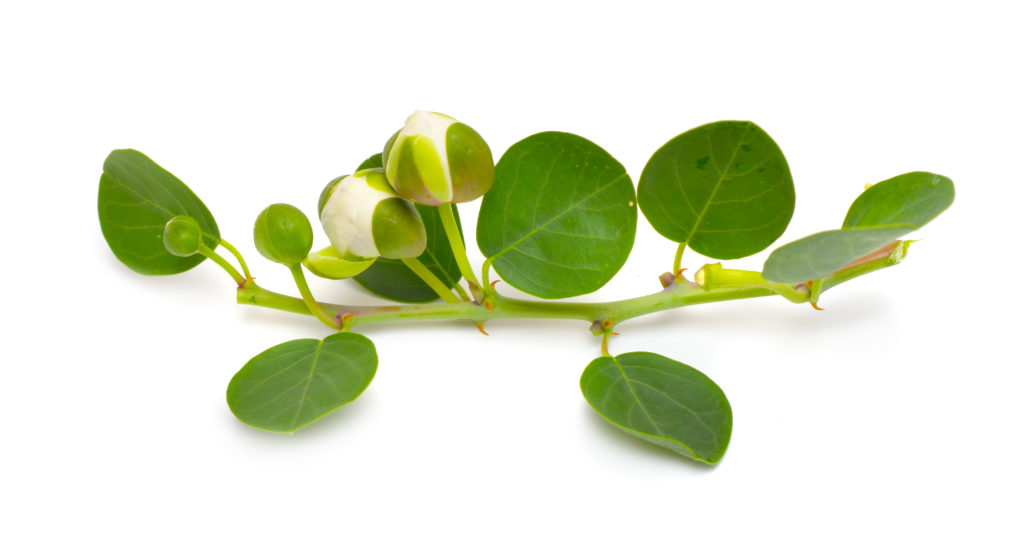Just what are these tiny buds of goodness that can level up dishes thanks to their distinctive, tangy flavour?
Capers – those little soft balls found in many Mediterranean favourites – are the flower buds of the Capparis shrub that grows right across the Med and from Morocco to Australia.
While they may be small and compact, they certainly know how to stand out with their lemony, salty taste – and this fab store cupboard ingredient is a great way to add some va-va-voom to many a savoury dish. What’s more, capers enhance flavour without hiking up the calories, fat or sugar. They’re no new food trend, either, going back a long way in culinary history – 2000 BC to be exact, mentioning them as an ingredient in the Sumerian epic poem of Gilgamesh, thought to be the oldest written story known to mankind.
Despite their size, capers are a source of vitamins A and E, manganese, niacin and calcium. They also boast various antioxidants and are recognised for their anti-inflammatory properties, helping protect against certain health issues, including cancer, reduced risk of cardiac arrhythmia and Alzheimer’s Disease.
How to enjoy capers
There are so many ways to experiment with capers, and they are commonly enjoyed in Italian cuisine, including salads, pasta salads, meat dishes, and pasta sauces.
They’re a firm staple for sauces and condiments, including tartare sauce and a great little topping for pizza or jazzing up your fish dishes. Here are several easy ways to get the most out of them:
- Add a handful of capers with salmon and cream cheese – perfect on a bagel or sourdough toast.
- Mix into scrambled eggs for a flavoursome breakfast.
- Stuff baked red and yellow peppers with capers, olives, anchovies and your favourite cheese.
- Jazz up a tuna salad with capers along with Greek yoghurt and lemon juice.
- Perk up a regular green salad with a sprinkle of capers and a drizzle of olive oil.
Where to buy
Capers are in plentiful supply, but they can be pricey as they’re picked by hand. Once harvested, capers are preserved in brine or wine vinegar or packed in salt. You’ll find them at most supermarkets and health food shops.  There are a number of distinct varieties of capers – check the labels to see how they’ve been prepared and where they come from. Generally speaking, the smaller the caper, the more powerful their flavour. Nonpareils are the smallest type of caper at less than 1/4in and grown in France. They tend to be more flavourful and more expensive. Surfines are one of the most common varieties of capers while larger capers are less common, which include capotes, capucines, fines and grusas.
There are a number of distinct varieties of capers – check the labels to see how they’ve been prepared and where they come from. Generally speaking, the smaller the caper, the more powerful their flavour. Nonpareils are the smallest type of caper at less than 1/4in and grown in France. They tend to be more flavourful and more expensive. Surfines are one of the most common varieties of capers while larger capers are less common, which include capotes, capucines, fines and grusas.
Take it easy…
Capers can be high in sodium, depending on their preparation and storage. Thanks to their punchy taste, you don’t need to eat them in handfuls to benefit and enjoy their flavour. Be sure to rinse capers beforehand if they’re preserved in salt.
Nutrition
1 tablespoon of drained capers contains:
- Calories: 2
- Protein: Less than 1g
- Fat: Less than 1g
- Carbohydrates: Less than 1g
- Fibre: Less than 1g
- Sugar: Less than 1g

